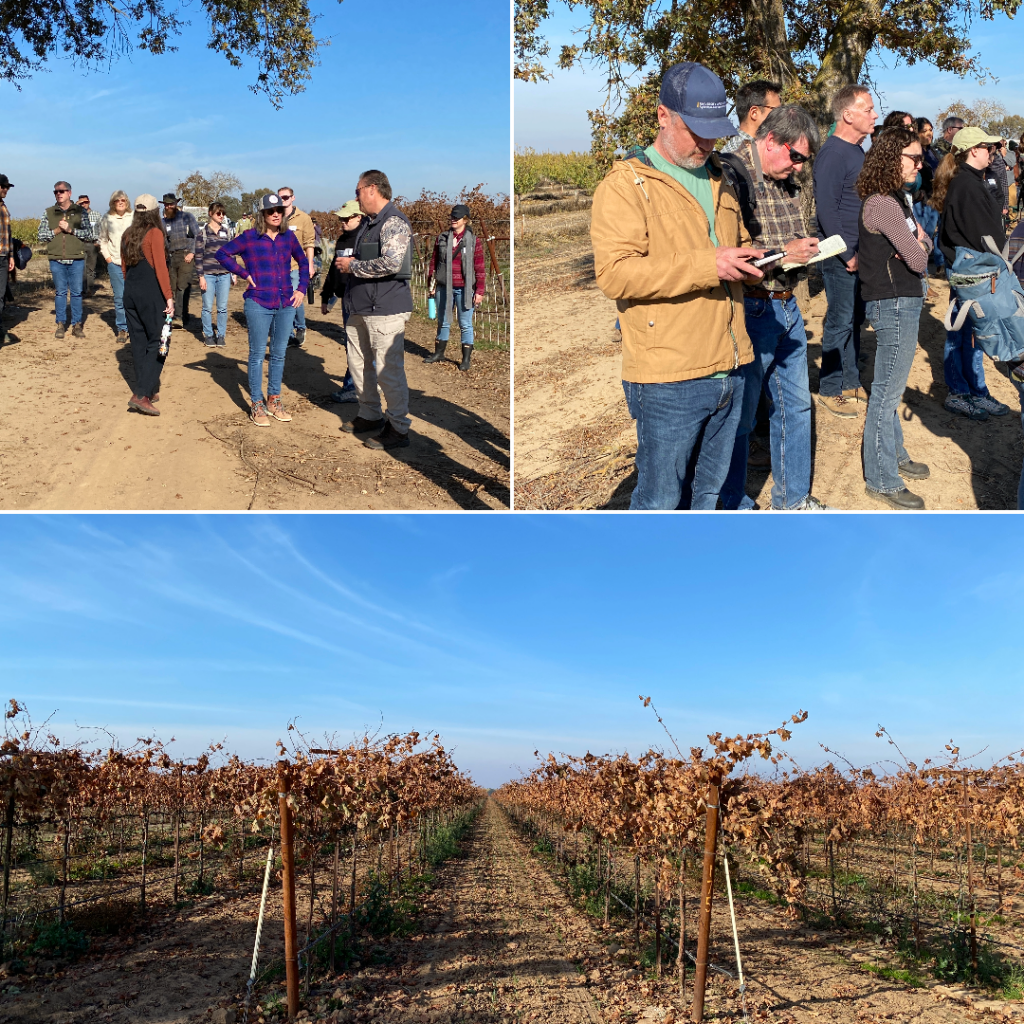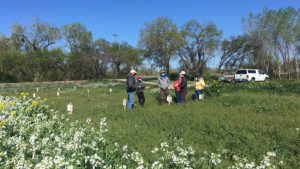By CDFA Secretary Karen Ross
I am pleased to be part of the California delegation in Dubai this week at COP28, the United Nations conference on climate change. CDFA Deputy Secretary for Climate and Working Lands Virginia Jameson is traveling with me.
The nations of the world are working together to both adapt and try to keep the average global temperature within 1.5 degrees Celsius–or 2.7 degrees Fahrenheit–of pre-industrial levels, a goal set out in the 2015 Paris Climate Agreement.
Our California colleagues attending the early part of this year’s conference were able to finalize and announce the expansion of a coalition of subnational governments committed to reducing methane. There are now a total of 15 signatories, including the US and California. Recently-added signatories are from Brazil, Canada, South Korea, Bolivia, Germany and Spain.
Another example of California’s leadership is an additional coalition–a new one–to enhance efforts to reduce methane emissions following a pledge by more than 100 countries and subnational governments at COP26 in Glasgow, Scotland.
This year’s conference will also build upon a topic that began to surge to the international forefront last year — the essential nature of agriculture to ensure food and nutritional security, which is threatened by climate change. The challenges of water availability and water quality, and strategies to address them, are featured in a number of sessions.
I welcome the opportunity to participate in panel discussions to share our experiences as well as learn from others. We’ll discuss the interconnectedness of healthy soils and biodiversity for resilient food systems, learn about a variety of efforts to simplify and harmonize soil carbon data, share California progress on reducing livestock methane emissions, talk about the importance of natural working lands in meeting climate goals and 30×30 biodiversity goals, and learn more about what nations are doing to reduce plastic waste streams.
It is an honor to participate in COP28 and I look forward to sharing more about the highlights when I return early next week.











